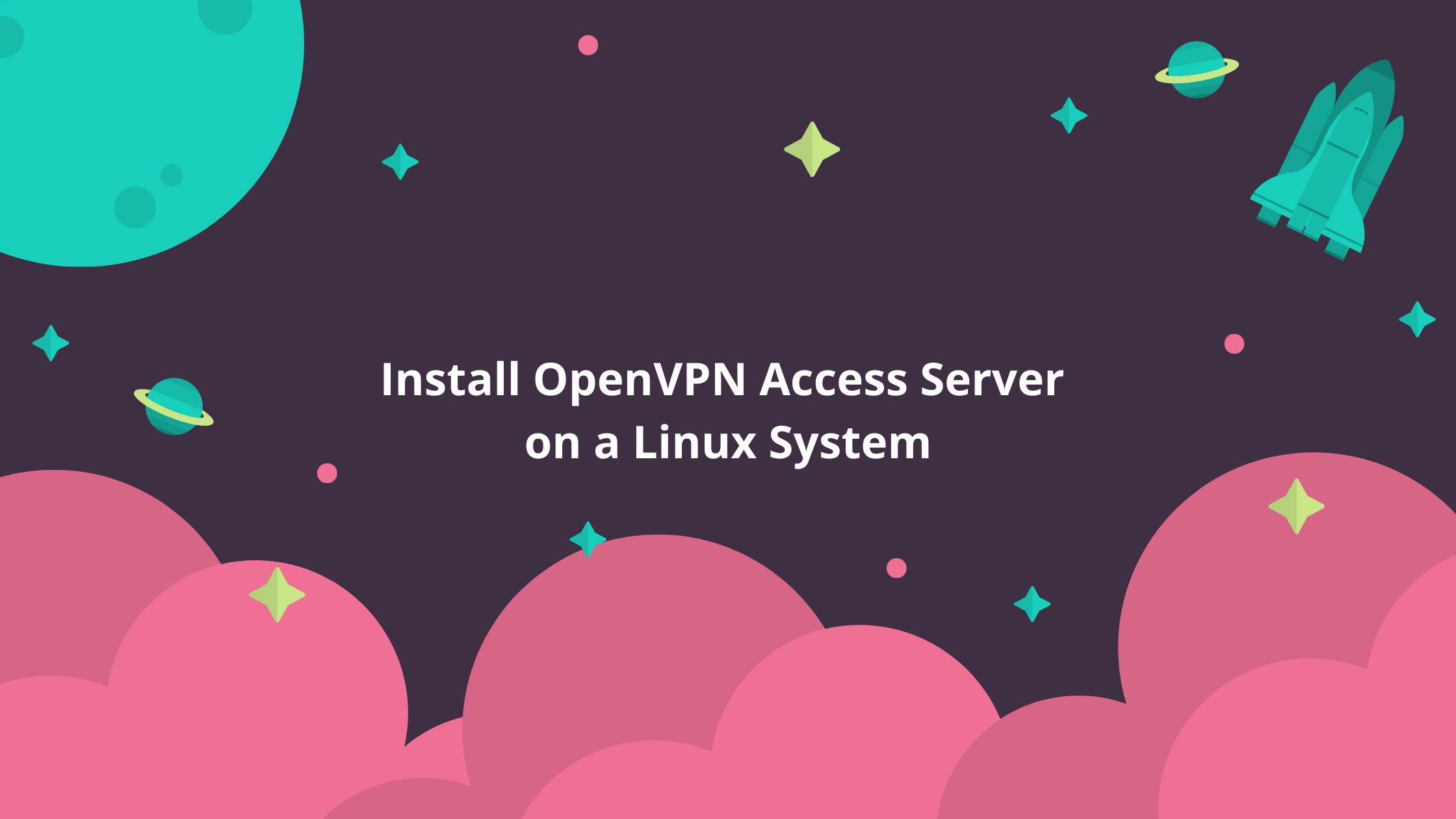
Follow the steps below to set up an OpenVPN connection.įor a more stable VPN connection, we recommend that you configure Dynamic DNS Service for your router and synchronize your System Time with internet. To use the VPN feature, set up OpenVPN Server on your router, then install and run VPN client software on the remote device. In this OpenVPN connection, the home network can act as a server and the remote device can access the server through the router which acts as an OpenVPN Server gateway. How to configure OpenVPN to access your network.

OpenVPN’s traffic is based on common network protocols (TCP and UDP), making it capable of traversing NATs (network address translators) and firewalls. OpenVPN adopts the OpenSSL library to provide encryption of both the data and control channels, allowing you to authenticate those who want to access your private network sources using pre-share secret keys, certificates, or usernames and passwords. All you need to do is to configure the router as a server gateway by following the guide, then download and install the OpenVPN client utility on each device that you plan to access your router. The home network can act as a VPN server. It is an open source software based on OpenSSL (Open Secure Sockets Layer) and has several advantages:


OpenVPN is an easy-to-configure and secure way to create private VPN connections. If your TP-Link router is equipped with OpenVPN, you can take advantage of this useful feature.

If you want to allow remote access to these resources via internet for yourself, your roommates, your friends, and/or your family members without making it easy to hack and be exposed in public, you might want to consider using a VPN connection. You probably have a myriad of connected resources in your home: a surveillance camera, a NAS device storing your family photos and videos, a private computer, and more.


 0 kommentar(er)
0 kommentar(er)
